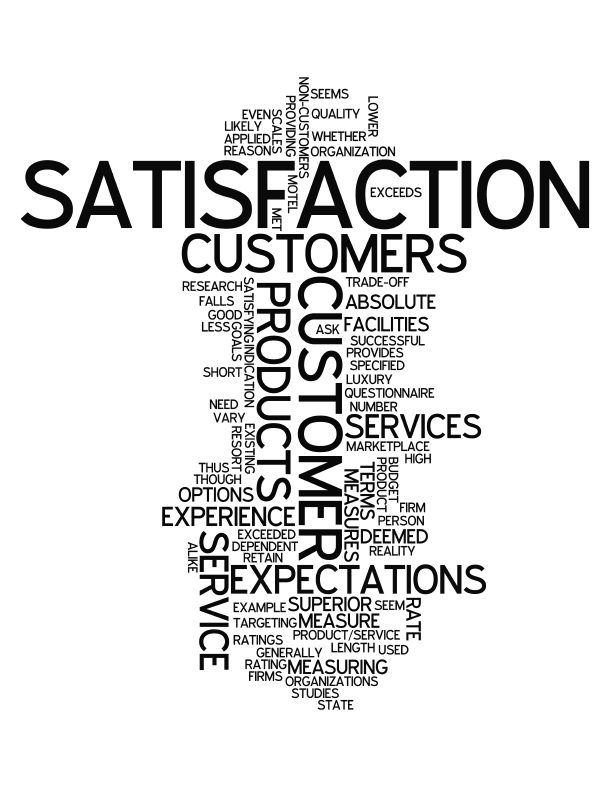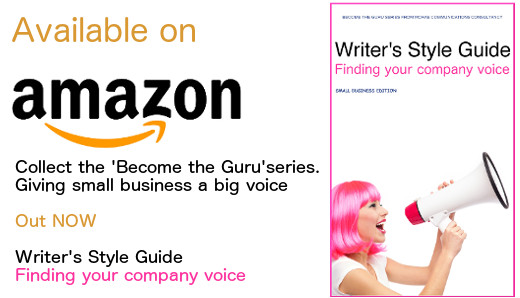 The definition of a testimonial is as follows:
The definition of a testimonial is as follows:
tes•ti•mo•ni•al (ˌtɛs təˈmoʊ ni əl)
n
- a written declaration certifying to a person’s character, conduct or qualification, or to the value, excellence of a ‘thing’/product/solution
- something given or done as an expression of esteem, admiration or gratitude
In a business sense YES they work! Testimonials can be an effective component of the marketing communication strategy – if done correctly.
Testimonials help to establish credibility and proof that your product or service is going to deliver the results that the customer wants – or the results that you claim. Testimonials can help overcome objections and challenges.
In order to understand the value of the testimonial it’s important to be clear on the purpose and when they should be used. You should also understand what stage in the Buyer’s Journey your target audience fits into.
Here are a few pointers I have picked up along the way.
- If ‘Testimonial’s a scary word …
In my experience many companies say they are happy to provide a glowing reference or a positive testimonial, but when push comes to shove they stall. One of the main reasons is some individuals feel uncomfortable about speaking on behalf of their company in case they say something wrong – or in case they give away too much sensitive information. If you ask for feedback, as a writer you can fashion that feedback into something they feel confident in – and of course you can include others of a more senior level in the sign off process. For some, a testimonial seems more formal, whereas feedback seems much intimidating and actually makes for more ‘genuine’ reading. - Be open and honest
Explain… even if they don’t ask. “Why” we are doing this should be straightforward and honest: “We need to make more people aware of the programs and services we have so we can help get them solve their issues. People tend to listen more closely to the opinions of those who are in the same boat, so we could really use your help so we can help them.”
- To name or not to name
From time to time you will come across organisations that do not want their name featured in a testimonial. To be honest, from a credibility perspective, I don’t see the point in proceeding, unless there is a work around. The full name and location should always be included in my opinion because testimonials without these elements are not reliable, and are often skipped by the very people you want to target. Let’s be honest anyone can say “a leading bank said blah blah …” how can you check the claims? You can’t. The purpose of a testimonial is to foster trust and credibility.
- NEVER fake it
Following on from the previous point, don’t make testimonials up! It can be frustrating if there is a shortage of companies willing to step forward, but it far worse to fill in the gaps with your creative writing! It is better to find creative solutions or incentives to encourage participation – whether that’s with your customers or your internal account managers who are on the front line with the customer.
- Use testimonials that fit:
I generally conduct testimonials like an interview. I will have a range of questions in mind. For example on a very basic level the 5 W’s (who, what, where, why, when) such as ‘What is the nature of your business?’ ‘What issue were you trying to resolve?’ ‘What product/solution did you use?’ ‘How did that help solve your problem?’ Try to use only those testimonials that prove the point your campaign is relying upon, in order to make it easier for the consumer to rely both on you and your customers. If you have questions in mind it can help identify sensitive areas your customer does not want you to talk about, or simply help focus the conversation. You can ask the question – but don’t put words in their mouths. The angle may change from your original concept – but it may an even more effective angle – a whole new campaign. - Be specific
Ambiguous or generic information is of no value in a testimonial. Specific details are the cornerstone of trusted, credible testimonials; referring to a certain feature, customers show that they have that first hand personal experience, and it’s this that’s of value to prospects.
- Don’t over-edit:
Testimonials have to be credible, so where possible, keep the original conversation/feedback as pure as possible – i.e. don’t over-edit to make it sound overly polished. People usually talk in a certain way when interviewed or required a feedback, more accurate and without puns, therefore when you find a customer that uses a fresh and genuine informal language you can use that to your benefit.
- Address objections:
If a potential customer discovers that he/she has the same challenges as one of your existing customers and they wrote a testimonial explaining how your company helped him overcome these challenges, chances are your prospect will turn into more than a strong lead. .
- “All about me”:
There are several testimonials which include additional information, like the name of other products or services, which together with the use of yours, have turned out to be great and fully satisfied the customer. Don’t eliminate this information. If you can show that you are willing to give all the information needed, you are showing you genuinely want to ‘help’ your prospects overcome their challenges. Everybody likes to be given new information if it helps them. If you are the one to provide it so much the better.
- Don’t put too many testimonials on a sales page:
Testimonials are positive, but when you put too many on a one-page sales letter, you dilute their effect. If you are posting testimonials on website, it’s a good idea to either have one page for this purpose, or have one testimonial link per product solution page. Less is more – you an always let your clients know there are more on request. At least that way you start a conversation about needs and wants.
- Include photos:
Photos can bring more credibility, the readers of the testimonial can now identify the written lines with the face, they now are more inclined to believe that someone ACTUALLY wrote that, and it’s not made up; so, if you have photos, use them!
- Use video testimonials:
A good video testimonial can mean more to you then dozens of written ones, because the tone is much more personal: consumers can see, hear and identify the person, instead of just reading a name under some written lines. If you have the budget give it a go. The difficulty here is finding someone that’s not shy to speak on camera. You need someone who is confident, but above all sincere. - Last but not least – Consent
Before you use a testimonial on your website or in a brochure ensure you have written/signed consent. You can create a generic Consent form that covers marketing use, meaning quotes from the testimonial or figures etc. can be used in other materials. Many companies have legal departments and they will often keep these consents on file. Be sensible here. Always best to cover yourself and your company.
If you would like Evie McRae Communications to write testimonials for your company, please get in touch at info@eviemcrae.com. In addition, you can also check out my ‘Testimonials‘ page for yourself.
 Send to Kindle
Send to Kindle

